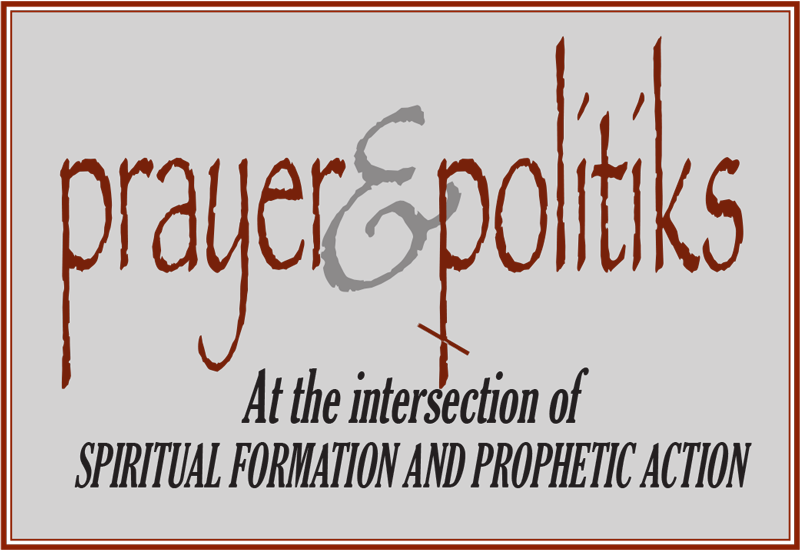Reviewed by Vern Ratzlaff
Here is a helpful look at our worship time together, by Willimon, for many years Minister to Duke University and now bishop in the Methodist church. From his knowledge and personal experience he stresses that the form and substance of worship if a whole, and sketches the biblical and pastoral components of the ordo: Gathering, Confession, Praises, Scripture, Sermon, Creed, Intercession, the Lord’s Supper, Sending Forth. A very useful adjunct to Willimon is "An Educational Gide," prepared by John Westerhoff, a resource for group study and discussion that implements Willimon’s material.
Of special interest to me were his comments about greeting, talking and silence in the time leading to the more ‘official’ worship. Announcements should be made here in the pre-service, and be made by laypersons rather than by the pastor.
Read more ›



